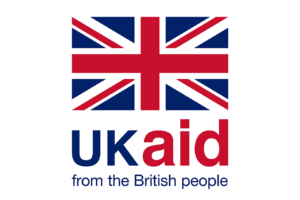Harmonised Reporting Scheme on Sexual Exploitation, Abuse and Harassment: Findings from a year of piloting
Explore the key insights and trends uncovered in CHS Alliance’s Sexual Exploitation, Abuse and Harassment (SEAH) Harmonised Reporting Scheme‘s year-long pilot, financially supported by UK FCDO.
This comprehensive report delves into the findings from data on reported SEAH incidents, providing valuable evidence to inform and improve policies, strategies, and actions for better SEAH risk mitigation, prevention, and response. The report also presents challenges and lessons learned shared by Scheme members on the complexity of handling SEAH incidents with limited resources and in volatile contexts, as well as a call to action for leaders, donors, funders, and PSEAH Networks.
In annex, the SEAH Harmonised Reporting Scheme reporting data fields are shared, along with information on how to join the Scheme.
Key findings based on the sample of 133 incidents reported by 24 organisations between September 2022-October 2023:
- The majority of reported incidents took place in the Middle East (22%), followed by Eastern Africa (15%) and Central Africa (13%).
- The majority of reported incidents are sexual harassment (41%), followed by sexual exploitation (29%) and sexual abuse (26%).
- The majority of reported victim/survivors are female (84%) whereas males account for 4% of incidents. The sex was unknown in 11% of incidents, or not reported due to a risk of identification in 1% of incidents.
- One reported victim/survivor out of five is a girl under 18.
- Victims/survivors were under 18 in 19% of reported incidents.
- The percentages of alleged perpetrators in management positions – in particular senior management – is alarmingly high with 1 in 4 alleged perpetrators in a managerial position.
- The majority of cases are either reported directly by staff who may have experienced, witnessed or heard about incidents, or by victim/survivors and their community to staff members.
- The the most common outcome of reported cases (40%) was that they were substantiated, yet in a large part of incidents (32% – almost 1 in 3 incidents), it was reported that no responsive action was possible.

